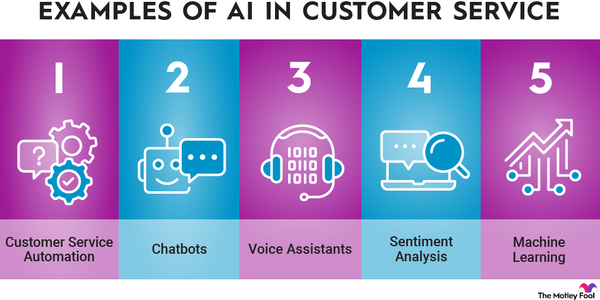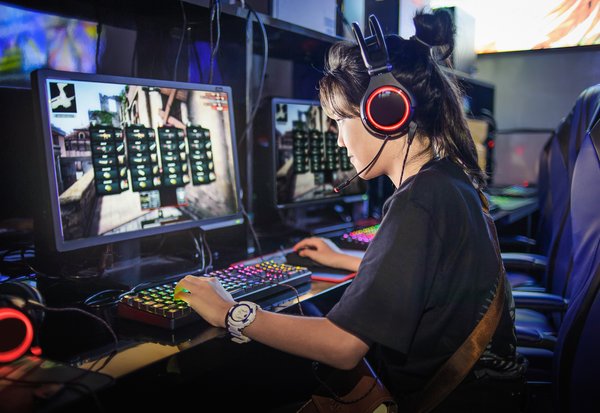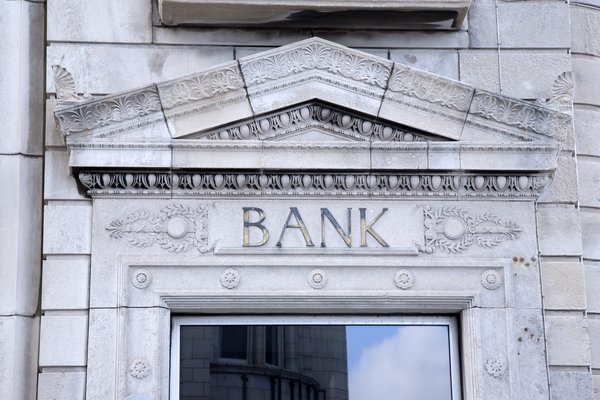A stalwart among companies specializing in household and personal products, Procter & Gamble (PG -0.78%) has numerous brands in its portfolio. That makes it reasonable for potential investors to wonder what specifically Procter & Gamble owns.
From its beginning in 1837 -- when William Procter and James Gamble joined their soap and candle businesses -- Procter & Gamble brands now cover a range of product categories, helping the company build a consumer staples empire. Now, P&G products are found extensively on the shelves of supermarkets, pharmacies, convenience stores, and numerous other retail locations.
But how has the business gained such a commanding presence among household and personal care companies? For one, the company generates extremely strong cash from operations: Over the past five years, Procter & Gamble has averaged an annual operating cash flow of $16.9 billion, which it can use to fund acquisitions.
In the company's recent 10-K, for example, the company states explicitly that after dividends are paid to shareholders, excess cash from operations can be used for "acquisitions to complement our portfolio of businesses, brands and geographies." While P&G embraces acquisitions, the company's strong approach to organic growth can't be ignored.
Fortifying the impressive portfolio of P&G brands, the company invests heavily in research and development (R&D). The company allocates about $2 billion annually to R&D, and its expansive intellectual property portfolio shows the fruits of this labor. In addition to the more than 35,000 active patents P&G owns, it has more than 15,000 patents pending.
Companies Procter and Gamble owns
What companies does Procter & Gamble own?
From items needed for newborns to those needed for personal care or to help keep our houses clean, P&G products represent some of the most common brand names found on consumers' shopping lists around the globe. In fact, the company's products are available in about 180 countries.
Although North America accounts for the lion's share of the company's revenue -- 50% in 2023 -- Europe also figures prominently in the company's financials, accounting for 21% of sales in 2023. Here's a look at some of the most popular Procter & Gamble brands.
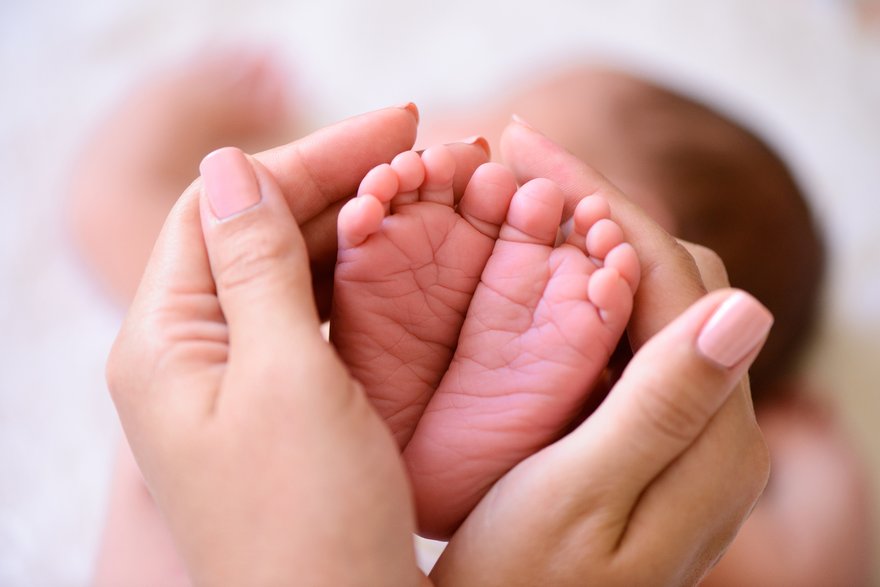
Baby, Feminine, and Family Care
Baby, Feminine, and Family Care
From baby wipes to paper towels, this is P&G's second-largest segment in terms of revenue and earnings, representing 25% and 23% of net sales and net earnings, respectively, for 2023.
1. Pampers (1961): 100% ownership
Developed in 1961, Pampers was one of the earliest disposable diaper options available to parents. Today, it's one of the world's most popular disposable diaper brands. According to business intelligence firm Zippia, Pampers are worn by more than 25 million babies in 100 countries daily.
2. Luvs (1976): 100% ownership
Launched in 1976, Luvs is another diaper option that bears the P&G logo. While initially marketed as a premium disposable diaper option, today, it's offered as a more economical option than the company's premium Pampers brand.
3. Always (1984): 100% ownership
Since the mid-1980s, when it launched the Always brand, P&G has added to the feminine hygiene offerings that bear the brand name. Always Discreet, for example, is designed to address adult incontinence.
4. Charmin (1957): 100% ownership
Introduced in 1928, Charmin was acquired by Procter & Gamble in 1957. In 2023, P&G reported that the toilet paper brand had more than 25% of the market share in North America. P&G sold Charmin's European operations and product line to SKA in 2007 when it was rebranded as Cushelle.
5. Bounty (1957): 100% ownership
Its acquisition of Charmin made P&G the owner of the paper towel originally branded as Charmin Towels. After more than a decade of research spent improving the product, P&G rebranded the paper towels as Bounty in 1965. In 2023, P&G reported that Bounty had more than 40% of the North American market share.
Fabric and home care
Fabric and home care
As P&G's largest reportable segment in 2023, fabric and home care accounted for 35% of the company's net sales and 32% of net earnings.
6. Tide (1946): 100% ownership
Launched in 1946, Tide, one of the best-selling laundry detergents worldwide, was the result of years of R&D trying to improve on the company's 1933 foray into laundry detergent with Dreft, the first synthetic household detergent. In 2012, P&G launched Tide Pods, a single package that offers detergent, clothes-brightening, and stain-removing capabilities.
7. Downy (1960): 100% ownership
Helping customers keep their clothes soft since its debut in 1960, Downy is one of P&G's most popular fabric care brands. Today, a variety of options carry the Downy brand, including liquid conditioners, scent beads, dryer sheets, conditioning beads, and wrinkle spray.
8. Dawn (1973): 100% ownership
For more than 50 years, Dawn has helped households keep their dishes clean. But its value transcends washing plates and silverware. It's also used to protect wildlife, proven effective at safely removing oil from animal fur. Since 1978, P&G has donated more than 50,000 bottles of Dawn to help more than 75,000 animals.
9. Mr. Clean (1958): 100% ownership
Helping keep homes clean since 1958, Mr. Clean products are one of the most recognized P&G brands. For more than 20 years, Mr. Clean Magic Erasers' iconic white sponge has provided people with a convenient way to erase stains.
10. Febreze (1998): 100% ownership
Giving people a way to keep things clean that aren't washing machine-safe, P&G launched Febreze in 1998. The company has expanded its brand offerings beyond the Febreze home air freshener originally designed to include car air fresheners, candles, and wax melts.
11. Swiffer (1998): 100% ownership
To make cleaning floors easier, P&G has a broad range of products donning the Swiffer name. The brand was launched in 1998 as a dry sweeper mop, but its products now include wet mops, dusting kits, and other cleaning products. The Swiffer WetJet, for example, was developed in 2001, and the Swiffer Continuous Clean Air Cleaner is an air-filtration system that debuted in 2018.
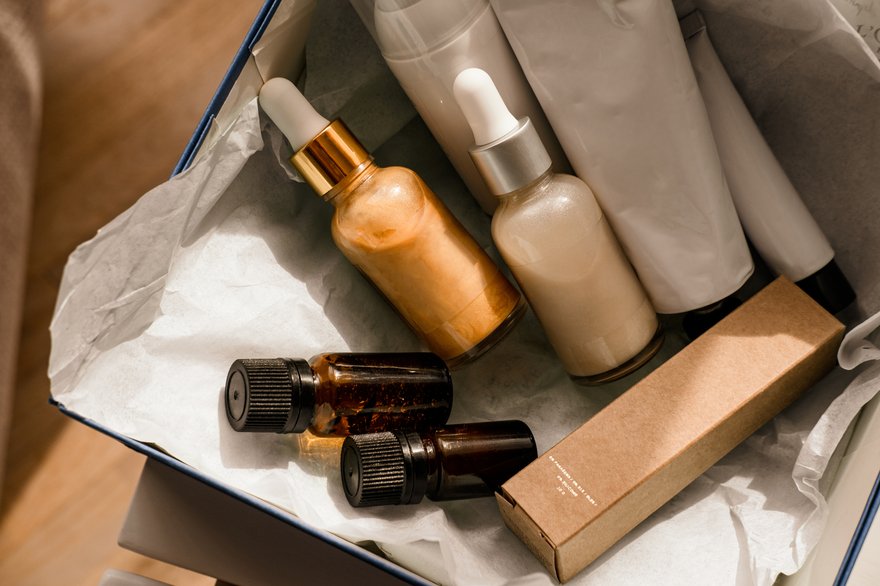
Beauty
Beauty
P&G proclaims itself "a global market leader in the retail hair care market with nearly 20% global market share." In 2023, P&G reported that the beauty segment accounted for 18% of net sales and 21% of net earnings.
12. Head & Shoulders (1961): 100% ownership
After 10 years of research, P&G debuted Head & Shoulders to customers. Initially available as a cream, Head & Shoulders became available to customers in shampoo form in 1975. P&G recognizes Head & Shoulders as a major factor in helping the company grab such a significant share of the global hair care market.
13. Pantene (1985): 100% ownership
Created by a Swiss drug company in 1945, Pantene originated in Europe and debuted in the U.S. in the 1960s. Richard Vicks acquired Pantene in 1985. It changed hands again in the same year when P&G acquired Richardson-Vicks. P&G credits Pantene, along with Head & Shoulders, for helping it capture a 20% global market share of the retail hair care market.
14. Oil of Olay (1985): 100% ownership
A fruit of the Richardson-Vicks acquisition, Oil of Olay is a leading facial care brand. In its 2023 annual report, P&G recognized Oil of Olay as "one of the top facial skin care brands in the world with nearly 5% global market share."
15. Old Spice (1990): 100% ownership
P&G added Old Spice to its portfolio of skin and personal care brands in 1990 after a $300 million acquisition from American Cyanamid. P&G also gained Santa Fe in the transaction. Expanding the products with the Old Spice name beyond aftershave, P&G offers Old Spice hair care products and body lotions.
16. Secret (1957): 100% ownership
Development of this women's deodorant began in 1945 and led to the product's launch in 1956. Originally available as a cream, P&G launched Secret Ice Blue roll-on in 1958. In 1964, P&G provided another option, Secret Aerosol, and the following year, Secret became available in Canada.
Healthcare
Healthcare
P&G's fourth-largest reportable segment in 2023, healthcare accounted for 14% of net sales and 14% of net earnings.
17. Crest (1956): 100% ownership
After more than a decade of R&D, P&G launched Crest toothpaste nationwide in 1956. According to P&G, the American Dental Association affirmed in 1960 that Crest was effective at preventing tooth decay. Two years later, Crest grew to become the best-selling toothpaste in the U.S.
18. Oral-B (2005): 100% ownership
From electric toothbrushes to dental floss to water flossers, various oral care products bear the Oral-B name. P&G added Oral-B to its family of products when it acquired Gillette in 2005. Thanks to the Crest and Oral-B brands, P&G claims to hold the No. 2 market share position, with about 20% global market share of oral care products.
19. Metamucil (1985): 100% ownership
A 1985 acquisition of P&G, Metamucil has been assisting with customers' digestive health since its creation in 1934. The fiber supplement is currently available in several forms, including powders, gummies, capsules, and fiber thins.
20. Pepto-Bismol (1982): 100% ownership
P&G acquired Pepto-Bismol -- which has helped people get relief from stomach discomfort in its various forms since 1919 -- from Norwich Eaton Pharmaceuticals in 1982. Besides the traditional liquid form, Pepto-Bismol is sold in chewable tablets and caplet forms.
21. Vicks (1985): 100% ownership
Vicks was one of the brands attained as part of the Richardson-Vicks acquisition. Vicks is a brand name comprising several popular cold and flu products -- DayQuil, NyQuil, Vicks Vapo, and Super C -- consumers use when feeling ill.
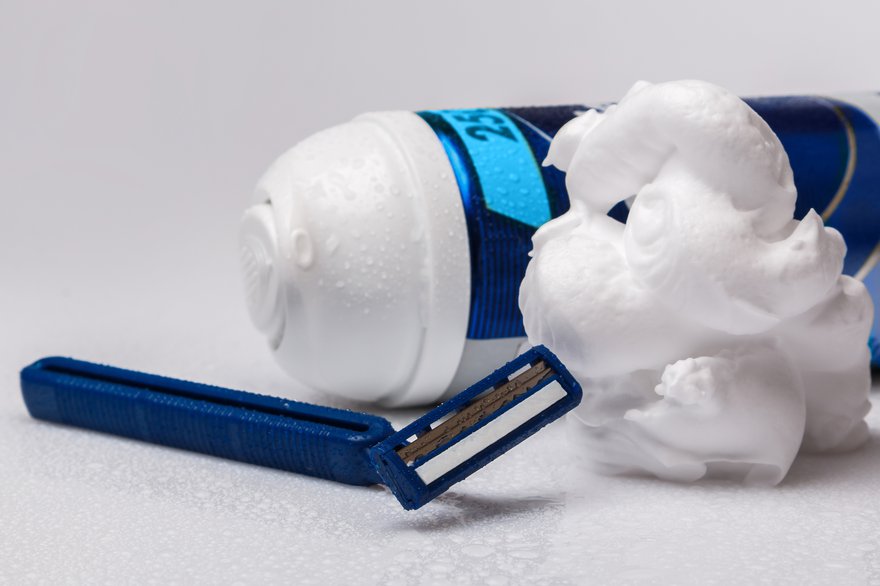
Grooming
Grooming
P&G's smallest reportable segment in 2023, the grooming segment, includes P&G's shaving products, blades and razors, and appliances. In its 2023 annual report, P&G characterized itself as the "global market leader in the blades and razors market."
22. Gillette (2005): 100% ownership
In a deal valued at roughly $57 billion -- the company's largest acquisition in its history -- P&G acquired The Gillette Company in 1985. According to P&G, the Gillette brand is one of the primary forces behind the company's commanding global share of the blades and razors market.
23. Braun (2005): 100% ownership
Another of the P&G brands gained in the acquisition of Gillette, the Braun brand includes electric shavers and epilators sold worldwide. P&G claims it holds almost 25% of the global male electric shavers market and more than 50% of the global female epilators market.
24. Venus (2005): 100% ownership
Launched by Gillette in 2001, the Venus was designed as a shaving system suited specifically for women. Venus became a P&G brand in 2005 as a result of the Gillette acquisition. As with the Gillette brand, P&G credits Venus with helping it achieve a dominant position in the global blades and razors market.
Companies Procter and Gamble could buy
What companies could Procter & Gamble buy in the future?
Given its history of growth through acquisition, it's reasonable to expect P&G to go shopping for additions to its broad portfolio of brands. For example, to grow its beauty segment, P&G could acquire e.l.f Beauty (ELF 2.04%), whose current market cap is under $10 billion. Though P&G doesn't have cosmetics brands, e.l.f. would give them a cosmetics-oriented company experiencing strong growth right now.
Church and Dwight (CHD -0.87%) could be another potential acquisition. While its Arm & Hammer products could benefit P&G's fabric and home care segment, Church & Dwight's Orajel and WaterPik brands could also complement P&G's healthcare segment.
Related investing topics
The bottom line on companies Procter & Gamble owns
From beauty and grooming to healthcare, home care, and family care, it's clear that the vast number and diversity of P&G brands make the company one of the leading options for investors interested in businesses focused on consumer-packaged goods.
Consumer-Packaged Goods (CPGs)
One of the earliest bits of advice inexperienced investors learn is to invest in businesses they know. In addition to the numerous top stocks to buy, P&G warrants a look from new investors just beginning to invest money, as so many of the company's brands are familiar.
FAQ
Companies Procter & Gamble owns: FAQ
What companies are owned by P&G?
P&G owns almost 80 brands, including those in the grooming, beauty, home care, baby care, and healthcare markets. Some of its largest brands are Head & Shoulders, Tide, Bounty, Gillette, Venus, Crest, and Oral-B.
Who is P&G's biggest competitor?
Based on market capitalization, some of P&G's biggest competitors are Unilever (NYSE:UL), Colgate-Palmolive (NYSE:CL), and Kimberly Clark (NYSE:KMB).
Is Vicks a P&G product?
Yes. P&G acquired Vicks in 1985. In addition to Vicks, P&G added the NyQuil, Olay, and Pantene brands in the deal.
Is Arm & Hammer a P&G product?
No. Arm & Hammer is not a P&G product. It's owned by Church & Dwight.












































































































































































































